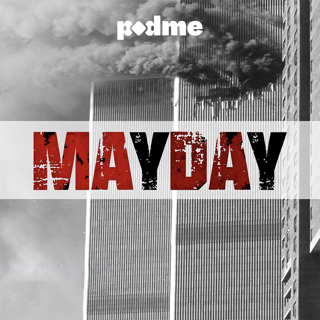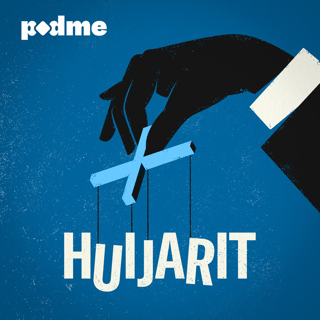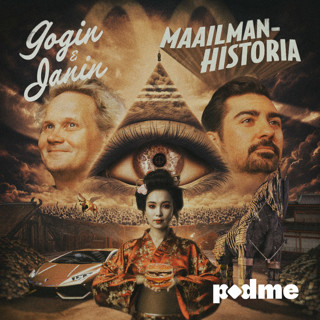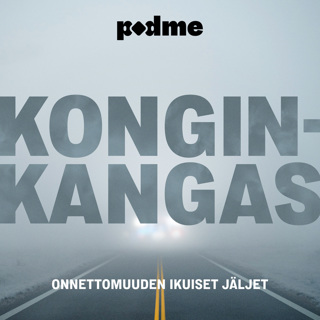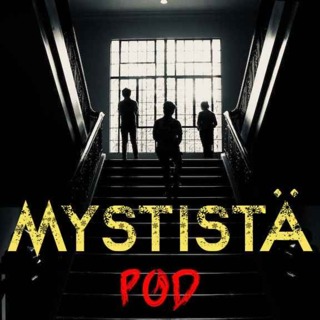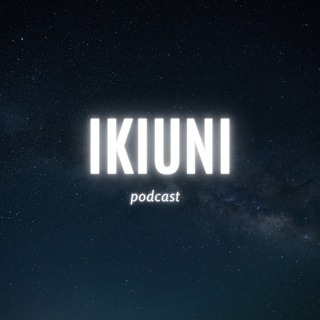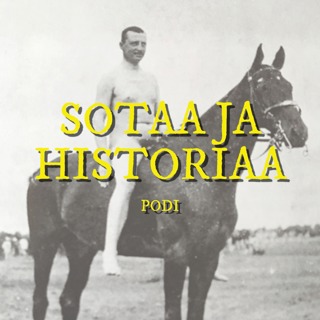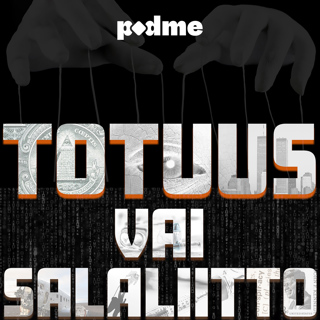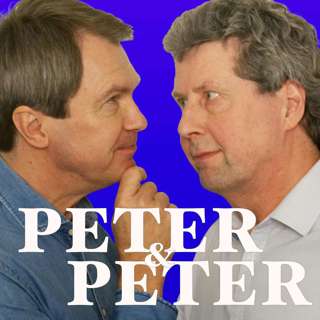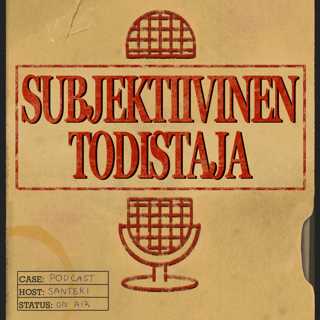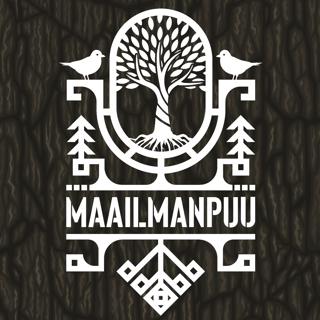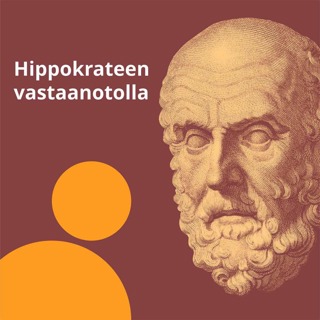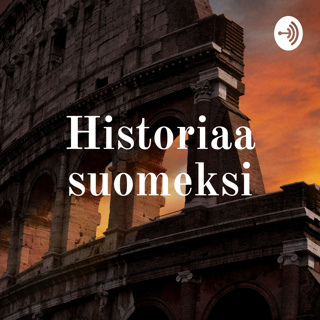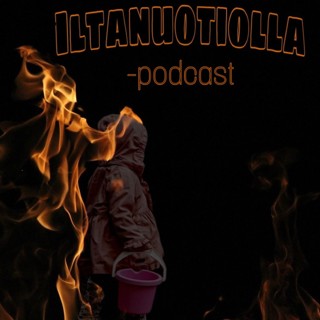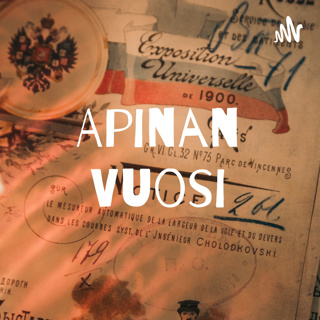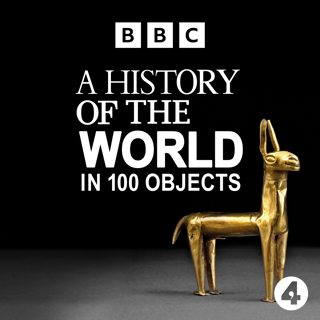
Lewis Chessmen
This week Neil MacGregor, the director of the British Museum, has chosen some of the great status symbols of the world around 700 years ago - objects with quite surprising links across the globe. Today he is with one of the most familiar objects at the museum; a board game, found in the Outer Hebrides but probably made in Norway - the Lewis Chessmen. They are carved out of ivory and many of the figures are hugely detailed and wonderfully expressive. They take us to the world of Northern Europe at a time when Norway ruled parts of Scotland and Neil describes the medieval world of the chessmen and explains how the game evolved. The historian Miri Rubin considers the genesis of the pieces and the novelist Martin Amis celebrates the metaphorical power of the game of chess.Producer: Anthony Denselow
28 Kesä 201014min

Kilwa pot sherds
This week Neil MacGregor has been looking at objects from Japan, Britain, Java and central Europe, exploring the great arcs of trade that connected Africa, Europe and Asia a thousand years ago. Today he sifts through a selection of broken pots, found on a beach in East Africa, to see what they might tell us. Smashed pottery, it seems, can be astonishingly durable and can offer powerful historical insights. These ceramic bits - in a variety of glazes and decorations - were found on the island of Kilwa Kisiwani off Tanzania. Neil uses the fragments to tell the story of a string of thriving communities along the East African coast with links across the Indian Ocean and beyond. The historian Bertram Mapunda and the writer Abdulrazak Gurnah describe the significance of these broken pieces and help piece together the great cross-cultural mix that produced the Swahili culture and language. Producer: Anthony Denselow
25 Kesä 201014min

Borobudur Buddha head
A history of the World in one hundred objects arrives on the Indonesian island of Java. This is the series that offers a new history of humanity through the individual objects that time has left behind. These items are all in the British Museum and the series is presented by the museum's director, Neil MacGregor. Throughout this week Neil is tracing the great arcs of trade linking Asia, Europe and Africa around a thousand years ago. Today he has chosen a stone head of the Buddha that comes from one of the world's greatest monuments, the giant Buddhist stupa of Borobudur. Borobudur rises from a volcanic plain in the middle of Java, built from one and a half million blocks of stone and devised as an architectural aid to spiritual practice. Neil MacGregor reports from the various levels of Borobudur and describes the trade routes that brought Buddhism to South East Asia. He also explores the impact the discovery of Borobodur had on the founder of Singapore, Sir Stamford Raffles and his ideas about the importance of Javanese civilization. The anthropologist Nigel Barley celebrates the life and work of Stamford Raffles while the writer and Buddhist teacher Stephen Batchelor sums up the spiritual significance of BorobudurProducer: Anthony Denselow
24 Kesä 201014min

Japanese bronze mirror
The history of humanity as told through one hundred objects from the British Museum in London. This week Neil MacGregor is looking at objects from Tanzania, Britain, Java and central Europe, exploring the great arcs of trade that connected Africa, Europe and Asia around a thousand years ago. Today he arrives in Japan with an object that offers a dramatic twist on the week's theme. This small mirror from the bottom of a sacred pond comes from a time when the Japanese suddenly cut themselves off from the outside world and stopped all official contact with China, a country it had frequently borrowed ideas from. Neil tells the story of the Heian period of Japanese history, a moment of great cultural awakening in Japan, especially in literature. The object is a small mirror that was found at the bottom of a sacred pond. The writer Ian Buruma and the archaeologist Harada Masayuki help describe the Japan of this time.Producer: Anthony Denselow
23 Kesä 201014min

Hedwig glass beaker
Neil MacGregor's world history as told through objects at the British Museum. This week he is looking at how objects moved around the medieval world in the context of war, trade and faith and the quite incredible degree of contact between Asia, Europe and Africa that existed around a thousand years ago. Today's object is a large glass beaker made at a time when Christians were warring with Muslims in the great crusades - a time, curiously enough, connected with a great flourishing of trade. This object was most likely made by Islamic glass workers but became associated with the miracles of a Christian saint, Hedwig. This glass container, or one of the few just like it, was what Hedwig famously used to turn water into wine! Neil describes the story of the Hedwig beaker with help from the economic historian David Abulafia and the historian of the Crusades Jonathan Riley-Smith. He also sees what happens when he pours water into this beautifully decorated vessel.Producer: Anthony Denselow
22 Kesä 201014min

Vale of York Hoard
The history of the world as told through objects that history has left behind. This week Neil MacGregor, the director of the British Museum, has chosen objects that bring life to the traders, pilgrims and raiders who swept across the vast expanse of Europe and Asia between the 9th and 13th centuries. Today he is with a great Viking treasure hoard that was discovered by metal detectors in a field in North Yorkshire. This dramatic, recent discovery, consisting of over 600 coins buried in a silver cup, dates back to the 10th century and reveals the astonishing range of Viking activity. There are coins here minted as far away as Afghanistan and Iraq! Neil describes what the England of the early 900's was really like. He unravels the clichés that abound about the Vikings. The historian Michael Wood helps set the scene and the father and son team who found the hoard, David and Andrew Whelan, recall the excitement of the discovery.Producer: Anthony Denselow
21 Kesä 201014min

Chinese Tang tomb figures
This week Neil MacGregor is exploring life in the great royal courts across the world during Europe's medieval period, from the heart of Europe to Mexico and Sri Lanka. Today he is in China of the Tang Dynasty around 700 AD. He tells how the elite of the time chose to leave their mark on the world by writing or commissioning their own obituaries. He is with a curious troupe of ceramic figures that were found in the tomb of a Tang general along with a stone tablet proclaiming his achievements. The China scholar Oliver Moore explains the growing ambitions of the dynasty and journalist Anthony Howard describes the enduring power of the obituary.Producer: Anthony Denselow
18 Kesä 201014min

Statue of Tara
The history of the world as told through one hundred of the objects. The objects are selected from the collection of the British Museum by its director, Neil MacGregor. This week, Neil is exploring life in the great royal courts across the world during Europe's medieval period. It's easy to forget that the civilisations of Tang China, the Islamic Empire and the Maya in Mesoamerica were all at their peak during this time and today we discover what was happening in South Asia during this period. He tells the story through a beautiful statue of the female Buddhist deity, Tara, crafted for a powerful ruler in Sri Lanka 1,200 years ago. Richard Gombrich explains what Tara means to Buddhism and the historian Nira Wickramasinghe describes the powerful interaction between Hinduism and Buddhism, India and Sri Lanka at this time.Producer: Anthony Denselow
17 Kesä 201014min



